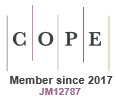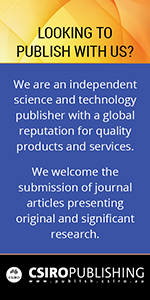CH25081Electrophilic fragment screening using native mass spectrometry to identify covalent probes for surface cysteines
 , Yezhou Yu
, Yezhou Yu  , Giovanna Di Trapani
, Giovanna Di Trapani  , Kathryn F. Tonissen
, Kathryn F. Tonissen  , Louise M. Sternicki
, Louise M. Sternicki  and Sally-Ann Poulsen
and Sally-Ann Poulsen 
Native mass spectrometry (nMS) was applied to screen an electrophilic covalent fragment library to identify ligands for the surface exposed cysteine residues of a soluble protein (carbonic anhydrase III), to determine which cysteines were modified and to measure the simultaneous binding of an orthosteric noncovalent inhibitor and covalent fragment hit. (Image credit: S.-A. Poulsen and L. M. Sternicki.)
This article belongs to the collection: 70th Birthday tribute to Professor David Craik.
CH25081 Abstract | CH25081 Full Text | CH25081PDF (2 MB) | CH25081Supplementary Material (1.3 MB) Open Access Article


















